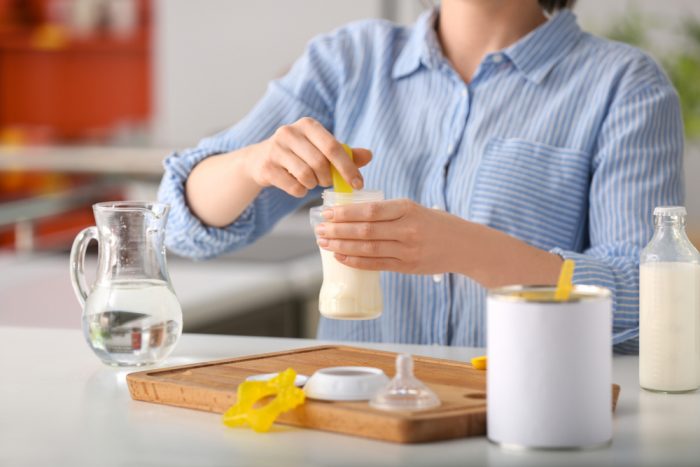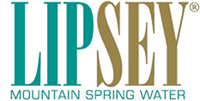
For formula-fed babies, parents and caregivers must consider using the safest water possible when mixing their bottles. Here’s what you need to know to safely prepare your baby’s next meal.
Knowing the Quality of the Baby Formula
Once you’ve chosen the formula you want to use, be sure to check that it’s still fresh and not expired. Outdated formula can have a negative impact on the health of your baby.
The quality of the formula you give your baby is also dependent on the type of water you use. You may be debating between spring water vs. purified water. You will also want to check the contamination risk of anything that will come into contact with the formula. Washing your hands properly and cleaning any bottles and caps is crucial to ensure a safe bottle for your baby.
Mixing the Best Water Available with Formula
Now that everything is cleared and thoroughly clean, you are ready to add water to your formula. The formula should have a recommended amount of water to add and follow any other specific instructions.
Powdered formula uses tap or bottled water, but it’s always safe to assume bottled water, spring water, or filtered water is cleaner than tap. Hopefully, you’re getting our water delivered to your home, but if you must use water that might be contaminated or unsafe, err on the side of caution and boil the water. Boiling the water for a minute or two will rid it of any impurities or bacteria. After it’s cooled a bit, you can mix it into the formula.
Fluoride may be something you need to consider and talk with your baby’s doctor about. While beneficial in tooth development and in preventing decay, fluorosis has been known to occur in excess consumption of fluoride. Fluorosis is a development of white lines on the teeth and can be minimized by mixing your baby’s formula water.
Pre-mixed formula, purified or distilled water, and other low-fluoride options will help your baby. You will need to alternate between these options in order to reduce fluorosis yet avoid fluoride supplements.
Measuring the Right Amount of Formula
Depending on what product you use, there are different procedures in measuring formula. Ready-to-use formula doesn’t require any liquid concentrate. You can simply shake the formula, pour it into a bottle or container, and feed your baby as it is.
Liquid-concentrate formula, on the other hand, will require some additional work. To begin, you have to shake the formula thoroughly, then mix the water with it. At this point, it can be poured into bottle or sippy cup you prefer.
Powdered formula requires extra preparation. Before mixing or pouring anything, you will need to decide how much to prepare. This is typically instructed on the product label or box and will depend on how much formula you need and are preparing for. Then, you can measure out the right amount of water and put it in a bottle. Finally, follow the label’s instructions and scoop the correct amount of formula into the bottle with the water. Shake it thoroughly, and you will be ready to feed or store the formula.
Heating and Serving
If you are planning to immediately feed the baby, you will have to decide on warming the formula bottle. It is acceptable to feed the baby with room temperature or cold formula; however, a majority of babies prefer their meal warmed up.
You have a few options when it comes to heating baby bottles:
• Run the bottle under warm water
• Place it in a bowl of warm water
• Use a dedicated bottle warmer machine
Do not microwave the bottle as it creates hot spots and can easily burn your baby’s mouth.
Once feeding is finished, you should dispose of any remaining formula. Temperature, as well as bacteria in your baby’s mouth, may contaminate the left-over formula.
Storing Your Formula
Formulas have different storage requirements. Ready-to-use formula can be covered and refrigerated for up to 48 hours, as it hasn’t been used or opened yet.
Liquid-concentrate and powdered formula can be a little tricky since you might be preparing multiple bottles. As long as you label the date that it was prepared on each bottle, you can store unused bottles for 24 hours.
It’s important to note that unlike breastmilk, you should never freeze formula. If in doubt of when it was prepared, throw it out.
Lipsey Water and Baby Formula
As you are preparing formula, remember how critical the first step is – mixing with the freshest water available. At Lipsey, our fresh water comes directly from a mountain spring so you can be sure of its quality and safety. We offer a free, two-week trial, so contact us today to learn more.
